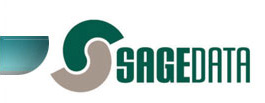Definition.
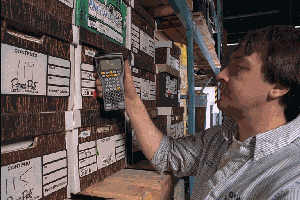 There is an increasing requirement for paper files to be stored, or archived, for a period of years. The period may vary. Project notes may need to be stored for a few years. Legal and accounting to seven or more years. Medical records, particularly those associated with clinical research, may need to be stored for 25 years or more. Files are typically stored in bankers boxes. The systems that help manage this process are Archival File Storage (AFS) Systems.
There is an increasing requirement for paper files to be stored, or archived, for a period of years. The period may vary. Project notes may need to be stored for a few years. Legal and accounting to seven or more years. Medical records, particularly those associated with clinical research, may need to be stored for 25 years or more. Files are typically stored in bankers boxes. The systems that help manage this process are Archival File Storage (AFS) Systems.
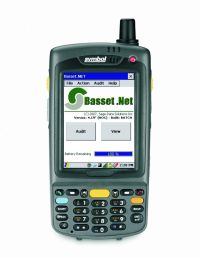
Configuration.
A typical system will include a web element, an RF based management system, using barcodes or RFID and handheld computers to track the receipt, put away, pick and ship or destroy functions, and a reporting element, to show transactions and current storage listings.
Barcodes for file tracking
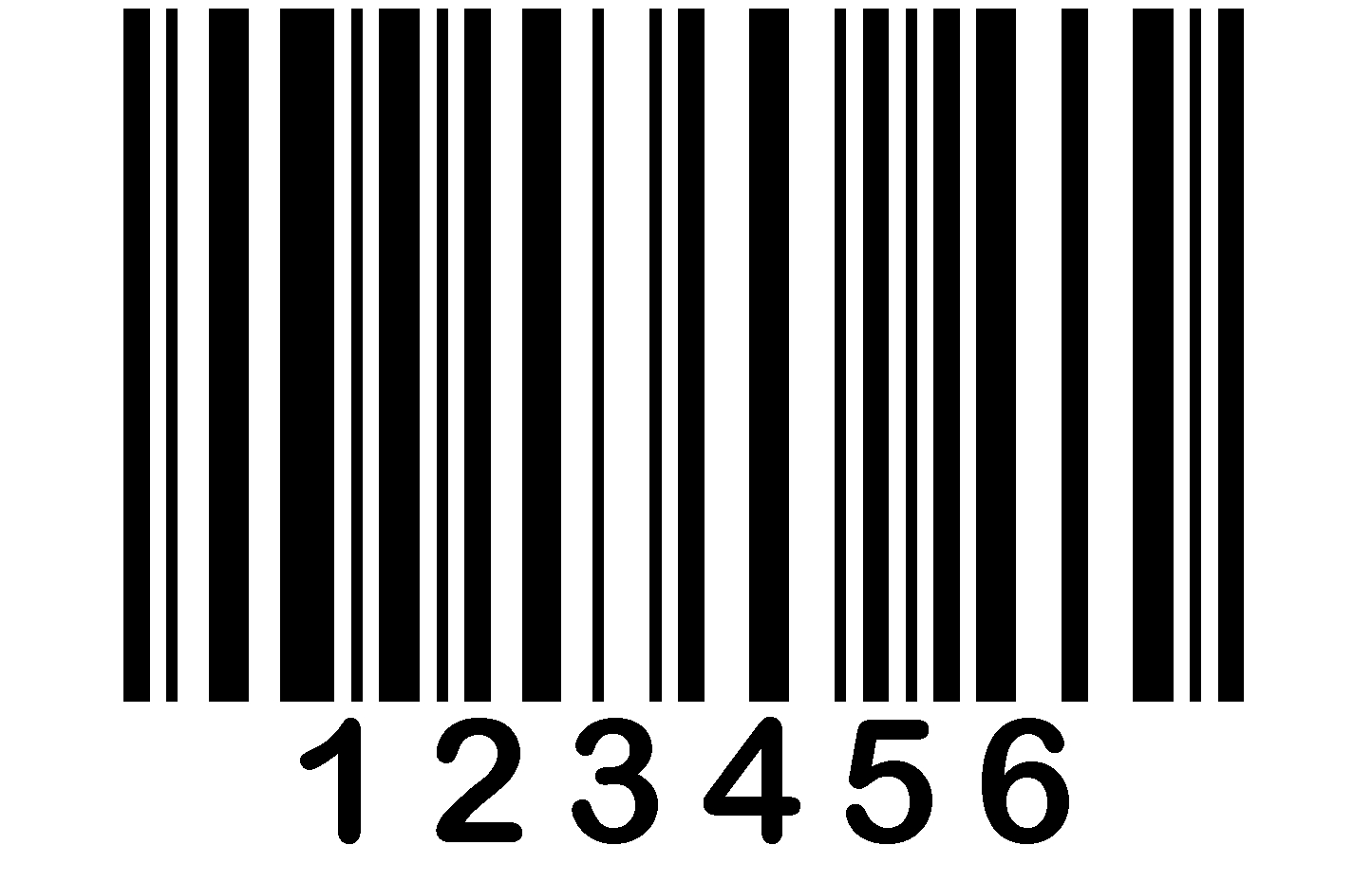 Storing the files is the easy part. The difficult part is keeping track of what you have, where it is stored, what has been issued back to users, and what has been destroyed. This is particularly difficult, as in many situations there are few demands to locate and return files. But when there is a need, it is usually highly critical that this be done fast and accurately.
Storing the files is the easy part. The difficult part is keeping track of what you have, where it is stored, what has been issued back to users, and what has been destroyed. This is particularly difficult, as in many situations there are few demands to locate and return files. But when there is a need, it is usually highly critical that this be done fast and accurately.
Classically, labels bearing a unique identifier in both human readable and barcode formats are used for tracking and recordingthe various steps in the process - receiving, put away, re-organisation, issue, ship for destruction. The labels can be affixed to a specific document, to a file, or to a bankers box. Barcode labels are used to ensure that identification is fast, easy and accurate, and they do a good job of this. But there is a problem. In many cases, barcode labels are added when the documents arrive at the storage facility. This is inneficient and error prone. Alternatively, labels can be issued in advance to those that generate the archive files. But there is a problem here too, as the labels must be pre-printed, and when they are printed, there is no way to know what files they will be attached to. So that connection must be made later, with again, the risk of error.
A better solution is demand printing of labels, so that the file reference can be included on labels as they are printed, together with a unique identifier issued from a central registry.
This function enables the persons requesting storage to enter appropriate data and produce their own barcoded labels on site. The system is a web based system, and requires no installation on the part of the user.
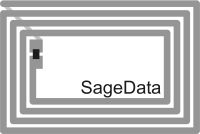
RFID and File Management
RFID provides an alternative solution to the file management problem. RFID tags can be read at a distance, and do not require the tags to be visible. This enables tags to be read inside a bankers box, and for a stack of files to be individually identified, without moving them, and without the need to scan each file individually.
Snags with RFID include the cost of the tag, and the risk of identifying the wrong document, folder or box. Advantages include the ease of scanning, and speed, when many items are to be scanned.
The range at which items can be read will vary from an inch or so, to twenty feet, and will depend on the type of tags used, and the type of scanner.
Web function
Web function is a key issue in many applications, as it can make information available to the owners of the file without requiring human intervention. It also enables requests for file retrieval to be registered on line, and for progress of the file recovery to be monitored in real time. An improvement in service, and a reduction in operating costs.
Take a test drive.
If you would like to explore a typical Archival File Management System, you can click here to see how a typical
web based Archival File Management System
works.
For more information, or to ask a detailed question, contact
SageData
directly.
